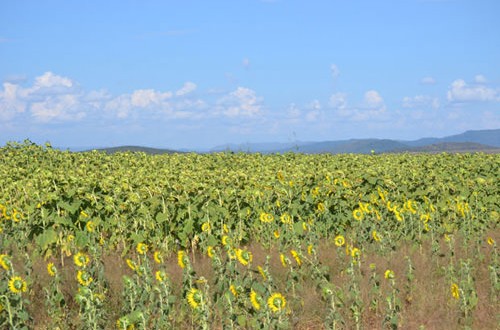A sharp rise in food production to meet the demands for rising population accounts for as much as 25 per cent of the seasonal increase in carbon dioxide (CO2), finds new research.
The carbon dioxide absorbed by plants in the spring and summer as they convert solar energy into food is released back to the atmosphere in autumn and winter.
It is not that crops are adding more CO2 to the atmosphere; rather, if crops are like a sponge for CO2, the sponge has simply gotten bigger and can hold and release more of the gas, researchers said.
With global food productivity expected to double over the next 50 years, researchers say the findings should be used to improve climate models and better understand the atmospheric CO2 buffering capacity of ecosystems, particularly as climate change may continue to perturb the greenhouse gas budget.
“This is another piece of evidence suggesting that when we (humans) do things at a large scale, we have the ability to greatly influence the composition of the atmosphere,” said Chris Kucharik, a co-author of the study, from the University of Wisconsin-Madison.
Since the 1960s in the Northern Hemisphere, maize, wheat, rice and soybeans have seen a 240 per cent spike in production, particularly concentrated in the mid-western US and in Northern China, the study found.
But until this point, scientists missed the connection between crops and the CO2 seasonality increase.
Kucharik helped the team led by researchers at Boston University determine how the amount of carbon absorbed by the leaves, stems, roots and food-portion of crops may have changed over time.
The study found that, while the area of farmed land has not significantly increased, the production efficiency of that land has. Intensive agricultural management over the last 50 years has had a profound impact.
Kucharik attributes this to improvements in plant breeding, post-World War II fertilisation innovations, irrigation and other human-powered technologies.
Agencies/Canadajournal

 Canada Journal – News of the World Articles and videos to bring you the biggest Canadian news stories from across the country every day
Canada Journal – News of the World Articles and videos to bring you the biggest Canadian news stories from across the country every day

